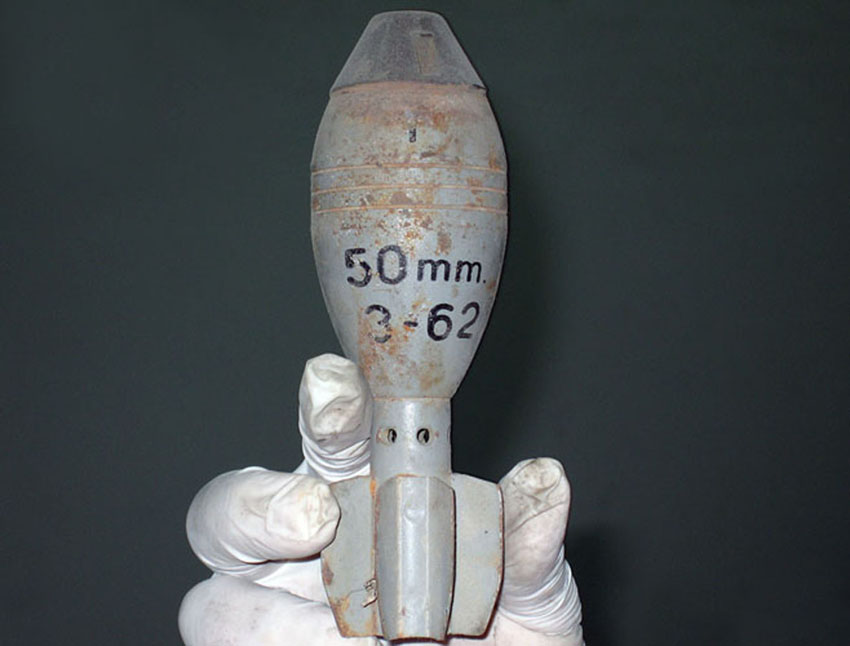WALID RAAD
_Plate050_1987-2010_140_0.jpg)


1987/2010
111,8 x 188 cm
Edition 1/7 (+ 2 A.P.)
Inv. Nr. 140
Born in 1967 in Chbanieh, Lebanon
Lives and works in New York City, New York, USA
Walid Raad, as well as being an Associate Professor at the Cooper Union School of Art in New York, is one of the most influential artists from the Middle East. His work focuses on the recent events in Lebanon and plays on the blurred boundaries between fact and fiction. Between 1999 and 2004, Walid Raad carried out the Atlas Group art project, in a context of post-conflict reconstruction and peace agreements, after fifteen years of civil wars in Lebanon. The project aims at documenting the contemporary history of this country, by gathering or producing documents in a wide range of media, segmented into an impressive archive. This fictive organization deals with the veracity of sources, thereby interrogating the authority of the documentation, while asserting the fragmented and subjective dimension of history. The Atlas Group Archive is divided into three sections: the Authored Files, the Found Files and the Atlas Group Productions, which form a web of indirect accounts of the Lebanese wars, as a sort of counter-memory.
The Sweet Talk file, subtitled A Beirut Photographic Archive and started in 1987, is part of the third section of the archive and groups together photographs of various architectural aspects of the city of Beirut, shot by dozens of individuals (or imaginary characters embodied by the artist himself) commissioned by The Atlas Group to preserve the memory of the ever-increasing changes of the metropolis.
The photograph from the project I Might Die Before I Get A Rifle was part of an exhibition supposedly held in Egypt in 1989, presenting the works of five fictive artists dealing with violence in Lebanon. Untitled_Device 1 is part of a series of photographs more probably taken by Walid Raad, and that show different types of shells. The composition of the pictures, with one single object isolated in the centre of the image on a neutral background, bears resemblance to scientific, archeological or investigatory shots. In 1982, when he was a teenager, Raad salvaged these objects himself from the attack of the Israelis in Lebanon.

